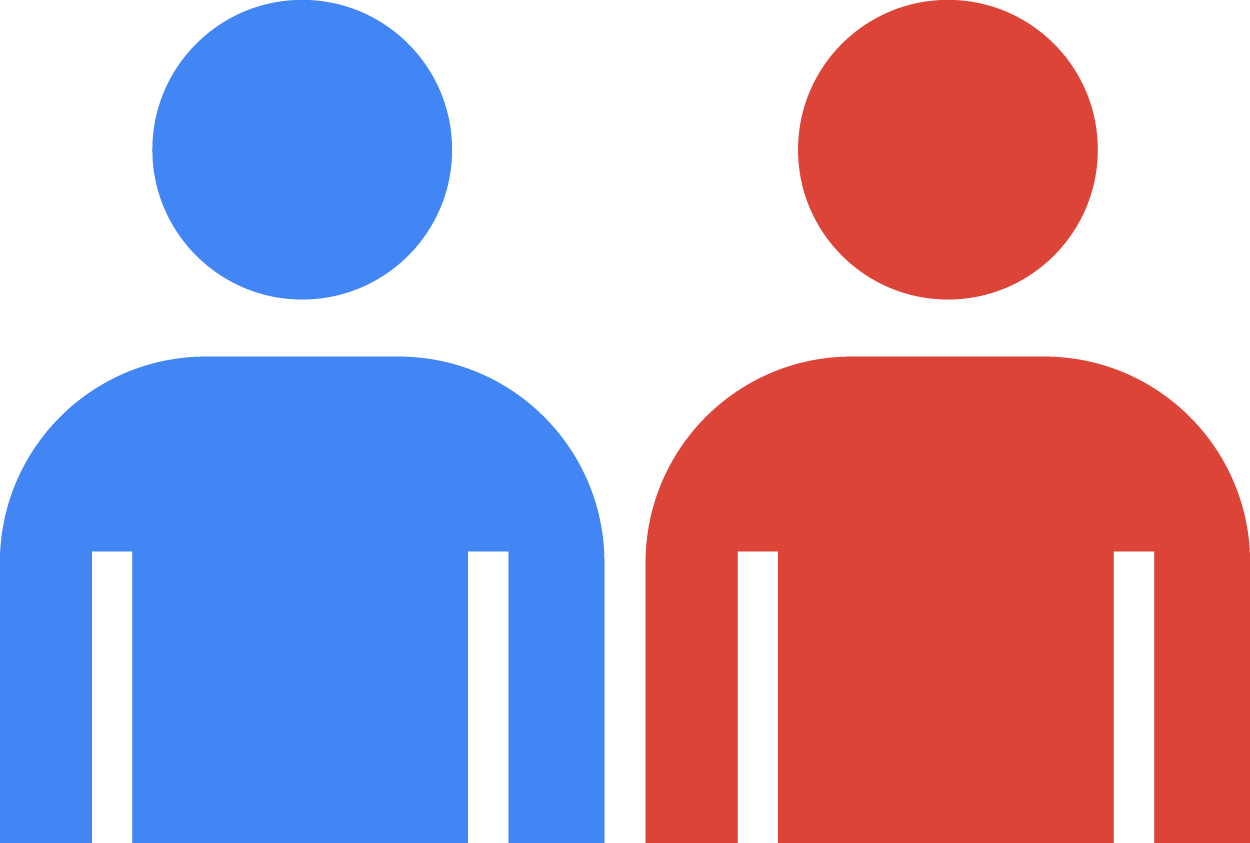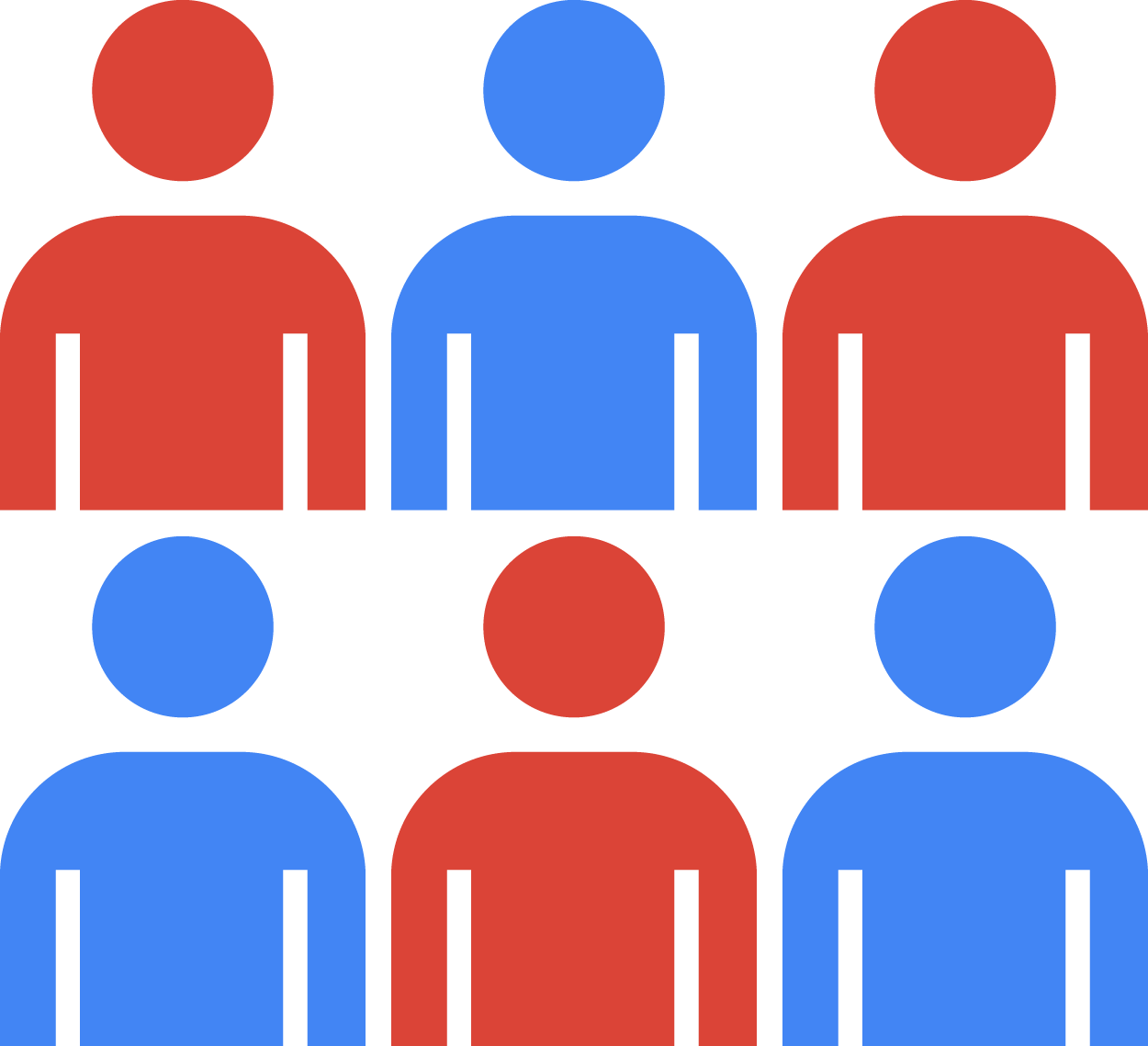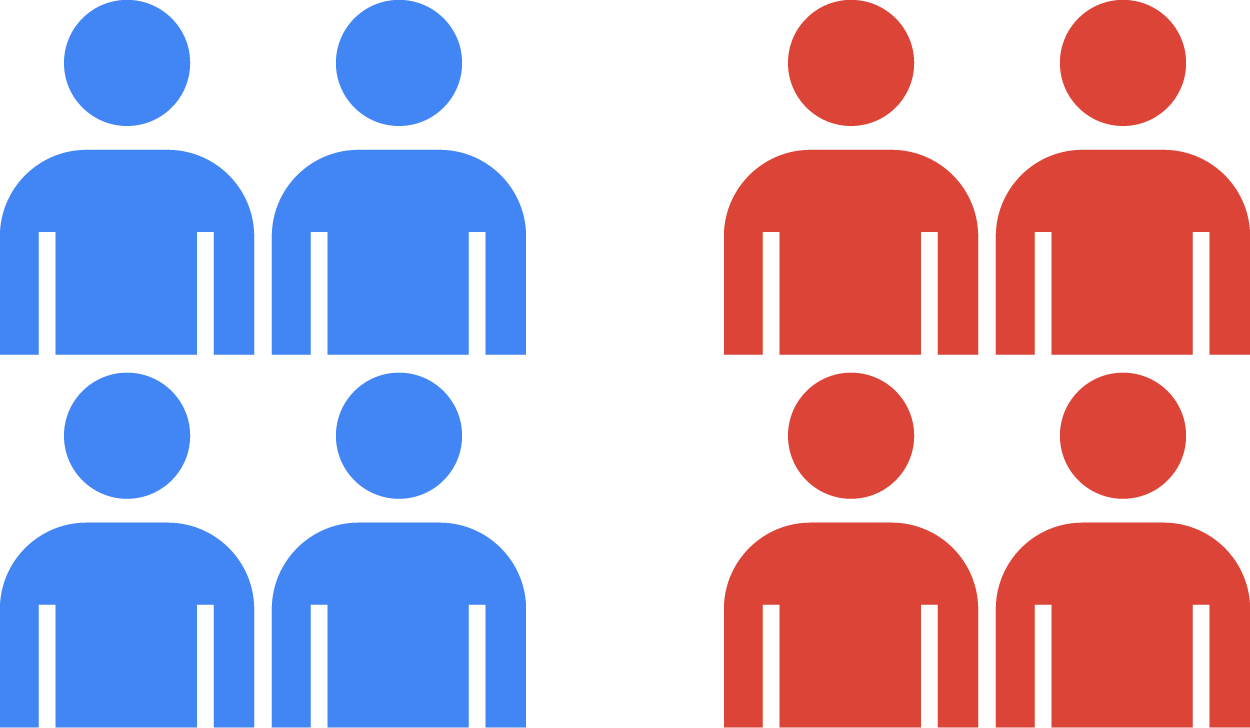Table of Contents |
There are many ways conflict manifests itself in the workplace. It may be trivial, like colleagues squabbling over who has the "good" stapler, or may be consequential, like top-level executives striving to be the next CEO. For our purposes, we will recognize conflict as any situation in which individuals or groups react to other entities that have frustrated, or are about to frustrate, their plans, goals, beliefs, or activities. In other words, conflict involves situations in which the expectations or actual goal-directed behaviors of one person or group are blocked—or about to be blocked or are perceived as being blocked—by another person or group.
EXAMPLE
Alesha is a book editor who feels the publisher’s sales and marketing teams never put sufficient energy behind the books she acquires. This frustrates her hopes for those books and creates conflict. When Alesha is passed over for a promotion, which is given to another editor whose books have been heavily promoted (and thus sold better), the conflict increases, as her long-term goals are frustrated. In time, the organization announces some editors will be laid off, and she’s sure her name will be on the layoff list. Conflict peaks here because she feels she was never given the chance to succeed. She and a small group of editors who think they’ve been treated unfairly wonder what to do next.Many such examples can be identified; in each, a situation emerges in which someone or some group cannot do what it wants to do (for whatever reason) and responds by experiencing an inner frustration. The presence or prospect of conflict makes many people feel uncomfortable, but we must accept that conflict always exists at any organization and that not all conflict can be resolved. However, conflict isn’t necessarily bad and can even strengthen an organization and relationships.
Mediating conflict is one of the most important roles for a manager. In a survey, both top- and mid-level managers reported that approximately 20% of their time was spent dealing with some form of conflict. In another study, researchers found that managerial skill in handling conflict is a major predictor of managerial success and effectiveness.
EXAMPLE
Events at General Concrete, Inc., a company in Rhode Island, show the magnitude of the problems that unmanaged conflict can cause in an organization. Operations at this concrete plant came to a halt for more than 3 weeks because the plant’s one truck driver and sole member of the Teamsters Union began picketing after he was laid off by the company. The company intended to use other drivers from their other plants. In response to the picketing, not a single employee of General Concrete crossed the picket line, thereby closing the plant and costing the company a considerable amount in lost production and profit.Throughout this Challenge, we’ll consider aspects of organizational conflict, how to use conflict constructively, and how to mitigate it or manage it when it is unhealthy or counterproductive. We’ll look at models on the conflict management process and strategies for conflict resolution, and further analyze which will be effective or ineffective in different situations.
If we are to try to understand the roots of conflict, we need to know what type of conflict is present. There are four broad types of conflict we can identify. Recall that our definition of conflict requires one party’s plans to be frustrated by the actions of another party. Consider that as you read these descriptions and examples.
| Type of Conflict | Description | Example |
|---|---|---|
| Goal Conflict | Goal conflict can occur when one person or group desires a different outcome than others do. This is simply a clash over whose goals are going to be pursued. | Most of the people who work for an online clothing store are excited by the idea of a deep discount for new customers. The discounts are so steep the company won’t make a profit, but they will expand their marketing list for future email and text campaigns that can lead to higher profits in the future. However, not everyone is convinced that taking a short-term loss will lead to long-term benefits. |
| Cognitive Conflict | Cognitive conflict can result when one person or group holds ideas or opinions that are inconsistent with those of others. In the workplace, it might be differences over social or political issues. | An organization has recognized its need to be more diverse, equitable, and inclusive and, among other changes, plans a day-long workshop on the topic. Some consider the training a waste of time and think the DEI initiative itself is just a “woke fad.” |
| Affective Conflict | This type of conflict emerges when one person’s or group’s feelings or attitudes are incompatible with those of others. Affective conflict is seen in situations where two individuals simply don’t get along with each other or when one person doesn’t “fit” with their work group. | Ibrahim is more restrained and serious than many of his colleagues. As his colleagues gear up for a big event with lots of pep and enthusiasm, his own demeanor is a stark contrast, and people start to wonder if he even likes working at the organization or cares about the event. They feel that the entire team should be on board and visibly enthusiastic. |
| Behavioral Conflict | Behavioral conflict exists when one person or group does something (i.e., behaves in a certain way) that is unacceptable to others. | Lewis works at an organization with a dress code and a generally conservative workforce. He dresses appropriately, but his long hair, visible tattoos, and piercings still make him stand out and make others grumble that he’s “unprofessional.” They feel that Lewis’s presence undermines the confidence they want others to have in the company. |
In addition to different types of conflict, there exist several different levels of conflict. Level refers to the number of individuals involved in the conflict. That is, is the conflict within just one person, between two people, between two or more groups, or between two or more organizations? Both the causes of a conflict and the most effective means to resolve it can be affected by level. Four such levels can be identified.
| Level of Conflict | Description | Examples |
|---|---|---|
Intrapersonal Conflict 
|
Intrapersonal conflict is conflict within one person. We often hear about someone who has an approach-avoidance conflict; that is, they are both attracted to and repelled by the same person or thing or torn between two appealing (or two unappealing) alternatives. |
Atid has to hire an intern and is excited to get many really qualified applicants. The tough part is choosing which one gets the job and disappointing the others. Atid also travels a lot with colleagues and knows some of them pad their expense reports to cover things like drinks at the hotel bar or upgrades to their rooms that should not be paid for by the organization. Reporting them would make him unpopular, so he’s said nothing, but it makes him feel like he’s an accomplice. In both cases, Atid knows whatever he decides, he will wonder if he made the right decision. |
Interpersonal Conflict 
|
Conflict can also take the form of an interpersonal conflict, where two individuals disagree on some matter. | Dan and Laura are neighbors in a community with a homeowner's association (HOA) and have repeated (and heated) discussions about HOA policies while at work. Other colleagues don’t take sides but know that there are some hard feelings between the two and that these arguments are a distraction. |
Intergroup Conflict 
|
Conflict can be found between groups. Intergroup conflict usually involves disagreements between two opposing forces over goals or the sharing of resources. Intergroup conflict is typically the most complicated form of conflict because of the number of individuals involved. Coalitions form within and between groups, and an “us-against-them” mentality develops. Here, too, is an opportunity for groupthink to develop and thrive. | When an organization moves into a new office building, every group favors the suites on the side of the building that face the woods instead of those that face the highway. The organization leadership ultimately bases a decision for sales and marketing on the fact that they receive more visitors and want to make a good impression. This stokes the resentment of other groups in the company who feel that the sales and marketing departments are always favored over their own. |
Interorganizational Conflict 
|
Interorganizational conflict refers to disputes between two companies in the same industry, between two organizations in different industries or economic sectors, and even between two or more countries. In each case, both parties inevitably feel the pursuit of their goals is being frustrated by the other party. | A classic example is two similar businesses that operate on opposite sides of the same intersection, selling the same goods, such as two gas stations. When one gas station lowers their prices, the other gas station feels they have to go even lower to avoid losing all customers to their competitor. This can escalate to the point where neither is making a profit. |
People sometimes think all conflict is bad and should be eliminated. On the contrary, there are some circumstances in which a moderate amount of conflict can be helpful. For instance, conflict can lead to the search for new ideas and new mechanisms as solutions to organizational problems. Conflict can stimulate innovation and change. It can also facilitate employee motivation in cases where employees feel a need to excel and, as a result, push themselves in order to meet performance objectives. Conflict can at times help individuals and group members grow and develop self-identities. As noted by Lewis Coser in the 1956 book, The Origins of Social Conflict:
In short, an organization that allows conflict, in the sense that people can air their work-related grievances, allows the organization to address the source of the conflict. The changes this brings not only reduces the conflict itself, but it may also lead to more efficient or effective practices and improve overall cohesion within the organization.
EXAMPLE
Recall Alesha, the book editor from the first example. She was not comfortable expressing her frustrations, and the conflict grew into outright resentment, as she was also passed over for promotion and then stressed about her job. If the conflict were recognized and allowed, it could be better mitigated, such as giving a better explanation of why some books are favored over others, and paths for growth identified for Alesha to feel confident in a future promotion and to have more job security. This would not only ameliorate her frustration, but it might also make her more committed to the organization. Note that in this example, she is never simply “given what she wants,” but the conflict is managed successfully.Conflict can, on the other hand, have negative consequences for both individuals and organizations when people divert energies away from performance and goal attainment and direct them toward resolving the conflict. Continued conflict can take a heavy toll in terms of psychological well-being. As we will see in the next chapter, conflict has a major influence on stress and the psychophysical consequences of stress. Finally, continued conflict can also affect the social climate of the group and inhibit group cohesiveness.
Thus, conflict can be either functional or dysfunctional in work situations depending upon the nature of the conflict, its intensity, and its duration. Indeed, both too much and too little conflict can lead to a variety of negative outcomes, as discussed above. In such circumstances, a moderate amount of conflict may be the best course of action. The issue for management, therefore, is not how to eliminate conflict but rather how to manage and resolve it when it occurs.
Source: THIS TUTORIAL HAS BEEN ADAPTED FROM OPENSTAX "ORGANIZATIONAL BEHAVIOR". ACCESS FOR FREE AT OPENSTAX.ORG/BOOKS/ORGANIZATIONAL-BEHAVIOR/PAGES/1-INTRODUCTION. LICENSE: CREATIVE COMMONS ATTRIBUTION 4.0 INTERNATIONAL.